Amur lilac: varieties and rules of care

There are many varieties of lilac, and the Amur lilac is one of them. It is used not only for landscape design, since the bushes are distinguished by abundant flowering and splendor, but also as a tree capable of strengthening the soil with its root system.
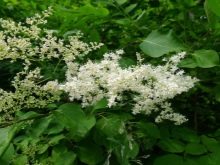
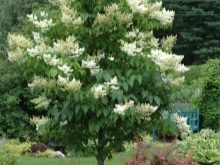

Peculiarities
Amur lilac is a spreading shrub with foliage falling off by winter. According to the description, this plant can reach a height of 10 meters. In summer cottages, it is appreciated for being not too picky. With proper pruning, the bush can be shaped to the desired shape.
In the first year of life, lilac grows slowly, young shoots are practically not formed. The bush directs all forces to the development of a powerful root system. At first, the roots are located closer to the surface of the soil, but later they go deeper and deeper.

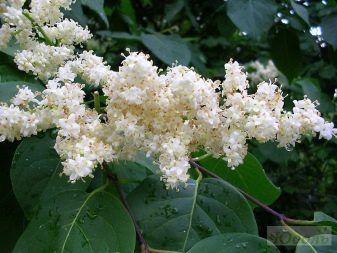
Such a lilac is at its peak by the age of 10, when the central trunk becomes very strong and can reach a diameter of 30 centimeters.
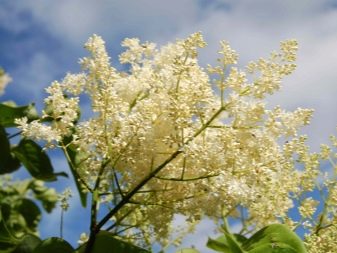
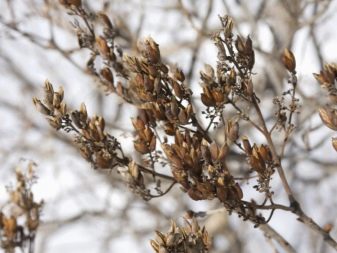
Lilac wood is very heavy, it is covered with dark bark. Young shoots, like cherries, have a reddish tint. This tree can be used as a good fuel, however, during combustion, sparks fly off for several meters and a characteristic crackling is heard.
The shape and color of the leaves of the Amur lilac are the same as in other species - elliptical, dark green. A distinctive feature of the variety is the change in foliage color in late autumn. After the end of flowering, seeds appear in place of the flowers, with which you can propagate the shrub on the site.
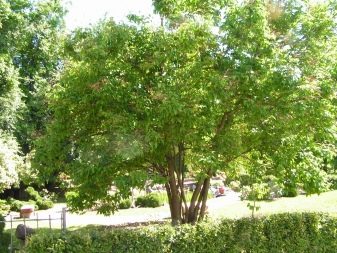
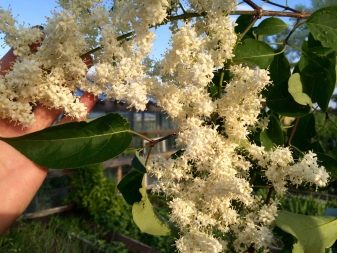
The best varieties and their characteristics
Today only planting material of the "Sudarushka" type is supplied for sale. At the time of acquiring a seedling, it is almost impossible to determine its variety, but it is worth knowing that the Amur shrub is not common in our country, but despite this, gardeners are trying to get a variety.
Such a lilac is distinguished by its multi-stemmed shrub, large in size. With the onset of spring, the foliage first has a purple-green tint, then it darkens. Flowers are small, but collected in large inflorescences, can be from white to cream shade. The flowering process lasts only 20 days, but during this time the lilac demonstrates all its attractiveness.

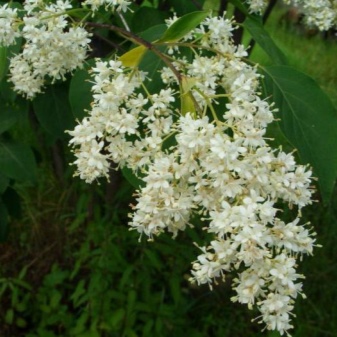
"Crackle" is covered with flowers at the end of the first summer month. Each flower has four petals. Inflorescences are located at the ends of only young shoots, which is why it is so important to regularly prune. The amazing scent attracts not only bees but other insects as well.
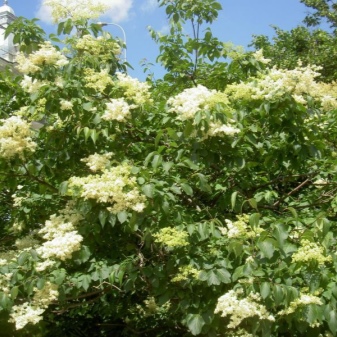
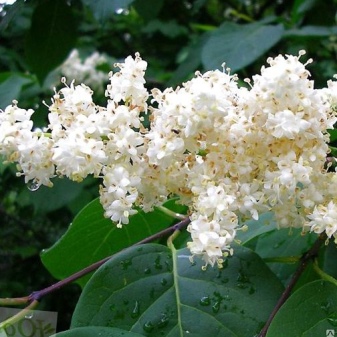
Landing rules
Selection and storage of seedlings
If a grower wants to grow multiple lilac bushes, collecting and storing seeds is an effective and inexpensive alternative to buying seedlings. It is worth choosing seed pods from the most attractive flowers, which will allow you to grow healthy and beautiful plants.
As soon as the flowers wilt, brown nut-like fruits appear. They are dried and broken to get the seeds. The basic procedure for collecting lilac seeds is simple. Take the seeds out of the dried pods. You can store them in a dry, dark place or container until you need to plant them.
As for the seedlings, they are selected no less carefully.The root system is dried for storage and the bush is removed to the cellar until spring. You can leave some soil on the roots.

Disembarkation time and place
Lilacs need a lot of room to grow. If the gardener is making a hedge, you will need to set aside a distance of two meters between the shrubs. As for the conditions, this type of lilac requires at least six hours of sun per day for the plant to delight with abundant flowering. In addition, the grower will need to provide well-drained alkaline soil. When planting lilacs in acidic soil, you can add a handful of lime, and then use it twice a year in small quantities.
When planting dormant bushes, soak the roots in water for about 10 minutes. When planting, place the root collar close to the surface, but so that it is covered with soil. When preparing for planting, special attention is paid to the pit. At its bottom, compost and fertilizers should be laid, which will help the bush to quickly adapt to the soil. After planting, the plant is thoroughly watered, but not flooded with water, since the presence of excess moisture can lead to decay of the root system.

How to reproduce?
Lilacs usually form new shoots from the base of the trunk. They can be used to propagate shrubs in the future. First, the roots are exposed, then the shoot is cut off from the mother plant. You need to make sure it has roots. Then simply plant the seedling in a suitable location, watering regularly until it sprouts and takes root. With proper planting and caring for lilac bushes, anyone can enjoy the beauty of these bushes in their area. It is best to harvest seedlings for planting in early spring, then immediately plant them in the ground so that the plant can prepare for wintering before autumn.
You can grow a large and healthy lilac bush from seeds. The harvest from last year is first placed in a humid environment for several days. You can simply wet a cloth and cover the seeds with it. When they swell, the planting material is placed in the potting soil mixture. First, the ground is lightly watered, then covered with a film and left on the windowsill so that the plant can receive the required amount of light and heat.
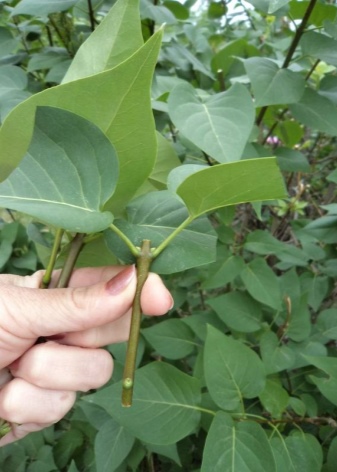
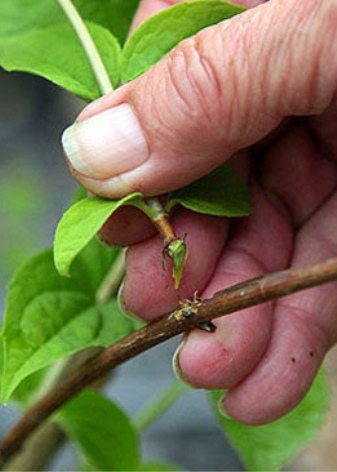
When the seedling grows, it can be transplanted into open ground in the spring, the main thing is to wait for the warmth.
How to care?
Growing lilacs on your site is a simple process, it is enough just to apply fertilizers on time or if necessary, water the soil, and do high-quality pruning.
Basic rules for care.
- Lay a layer of mulch every year to retain moisture for the plant and fight weeds.
- Fertilize lilacs very sparingly. It is best to apply fertilizer at the end of winter as it will be consumed throughout the rest of the year.
- Lilac pruning is done as soon as flowering has stopped.
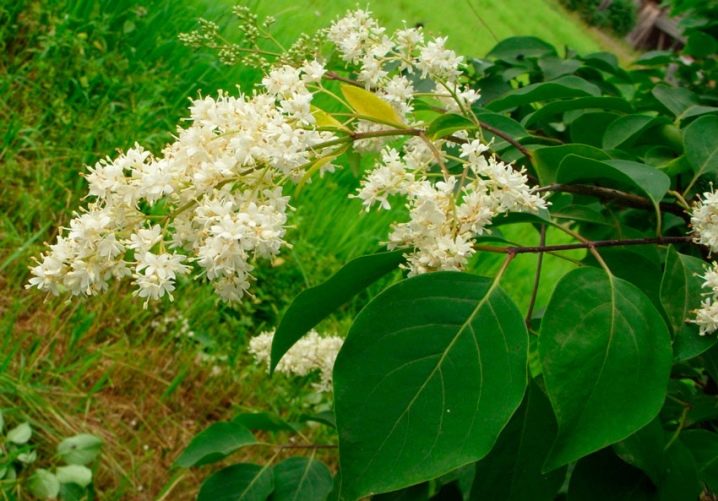
Top dressing
Although lilacs do not need a lot of attention from the grower as they grow, grooming will help their bushes grow large, healthy, and beautiful. For better care of them, balanced (10-10-10) fertilizers are used once at the beginning of spring.
Advice:
- the amount of fertilizer should not exceed 1 tablespoon per foot of height;
- apply top dressing when the foliage is dry;
- fertilizer should be sprinkled evenly on top of the soil above the root zone;
- use top dressing a few centimeters from the stem;
- if a dry mixture is used, which is sprinkled on the soil, then it is worth then lightly watering.


Lilac loves nitrogen, because it is he who contributes to the further development of beautiful flowers. Often, ash, manure, and chicken droppings are used from natural organic additives. You can apply bone meal ¼ cup for every ¼ of the diameter around the trunk of the lilac.
Experienced gardeners advise to be careful with nitrogen-containing formulations for feeding, as they can provoke abundant foliage growth, not flowering.
Watering
Lilacs are able to withstand prolonged drought. At this time, it is recommended to use mulch after watering, which will help retain moisture in the soil. Young plants need regular moistening of the soil, older plants require less attention.
In the first months after winter, when the plant is picking up buds, it is necessary to water the bushes often and abundantly, but not flood them. When the lilacs bloom, watering is stopped for two weeks if there is enough rainfall, or simply reduced to a minimum. Excess moisture can lead to not only mold, but other diseases as well.
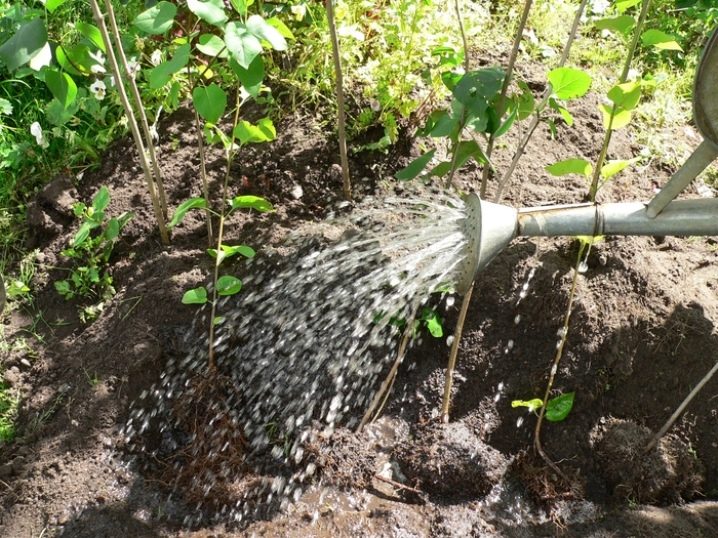
You need to water the bushes once every 10-14 days from spring until the end of flowering. Lilacs respond best to deep but infrequent watering. Reduce the amount of water after flowering. Water is only needed during extended periods of drought. Determining whether a plant needs additional moisture is easy, just pay attention to the foliage. If it withers and curls, then the bush is suffering from drought.
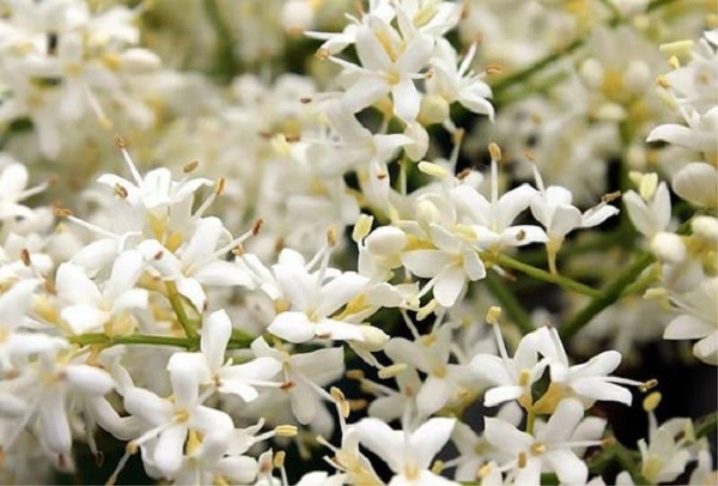
Disease and pest control
Although lilacs are hardy, the gardener should be alert and inspect the bushes in time. Among the most common diseases are rust, powdery mildew, and mold. The best way to fight most diseases is spring treatment with copper fungicides.
Powdery mildew is perhaps the most common problem. It is caused by fungal pathogens that damage foliage. Increasing air circulation around infected leaves is the best treatment, which is why pruning shrubs is so important. High humidity causes the appearance of many fungal diseases, so it is necessary to thin out lilacs regularly.
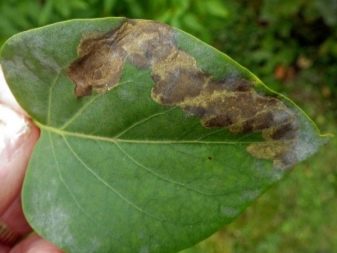
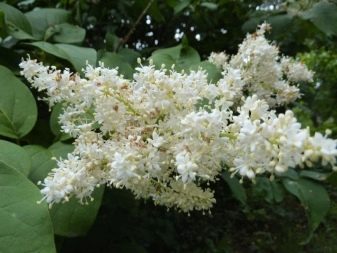
As for pests, lilac aphids and caterpillars are very fond of. It is for the reason that the shrub attracts many bees and other beneficial insects that it is not advised to use chemical agents for pest control. Neem oil is a great and completely harmless option in most cases.
Pruning
Most flowering bushes need regular pruning, and lilacs are no exception. The procedure will allow you to keep blooming for the next year, as flowers appear on young shoots. Some gardeners are too lazy to take care of the garden, but want it to look great. Fortunately, pruning does not take much effort or time, but it is imperative if you want lilac bushes to continue to delight with lush, fragrant flowers for several years.
Lilac bushes will bloom without any effort from the grower. However, if the plant is left to grow without pruning, it will end up blooming only on the upper branches. The result is bushes reaching 10 meters in height, the beauty of which is simply not visible.

By the time the stem reaches more than 5 centimeters in diameter, it should be trimmed. If you try, then after a few years the bushes will be not only very tall, but also with a large flowering crown.
New plants should not be touched. It is necessary to wait until the lilac reaches 2 meters in height. In time, after two or three years, it will be possible to begin to form the crown. The time for pruning mature lilac bushes comes when flowering has ceased and the inflorescences begin to fade on the tree. New inflorescences will appear next year, so do not be afraid. Early cultivation also gives new bushes more time to take root and gain strength for further development.
It is not enough to know when to remove branches, it is very important to carry out this procedure correctly. Professionals advise to cut no more than one third of the bush every year. This will help the plant to rejuvenate, with new stems developing and perennials peaking and blooming.The goal of the procedure is to obtain a lilac bush with 8-12 branches of various ages, but all should be 2.5 to 5 cm in diameter.
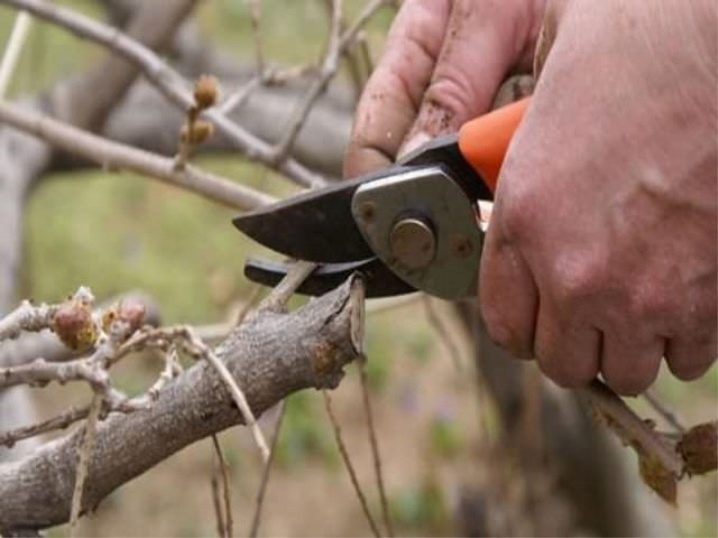
They start by deleting the following category of branches:
- affected or dry;
- thin;
- more than 2.5 cm thick.

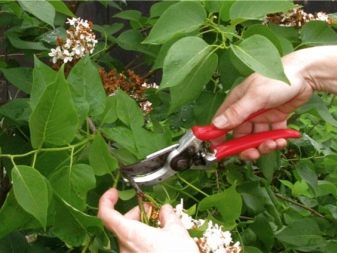
Removing old branches annually should help keep the lilacs from growing uncontrollably in width and height. If you want the shrub to grow more in width, then after cutting off the old shoots, remove new ones from the outside.
You can rejuvenate old lilacs in a period of three years. Horticultural professionals use two approaches that are available to everyone.
- A less drastic way to get overgrown lilacs back into shape is to remove one third of the oldest branches every year, all the way down to the ground. They start with perennial shoots, which are the thickest. Although flowering will not be as intense next year, this is the best way to transform the tree. Pruning overgrown lilacs is easiest in early spring, before leaves appear. After three years, new shoots should be the main part of the plant, but the plant itself will begin to bloom more abundantly.
- There is also a more radical solution - to cut everything at the beginning of spring to a distance of 20 centimeters from the ground. New shoots will begin to develop during the new growing season in summer. In the spring of the following year, they begin to prune spindle growth and maintain only healthy branches, given the shape and structure of the plant.

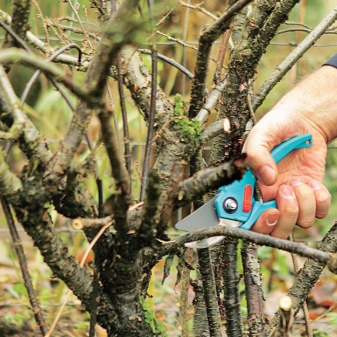
For a brief overview of the characteristics of the Amur lilac, see the video below.



































































The comment was sent successfully.